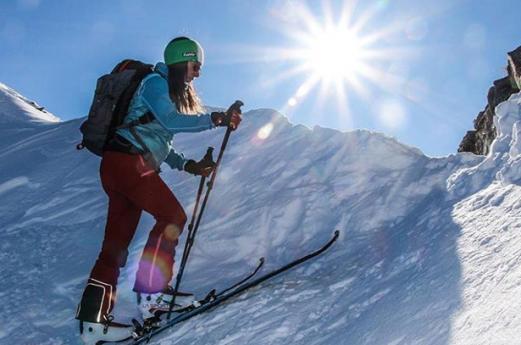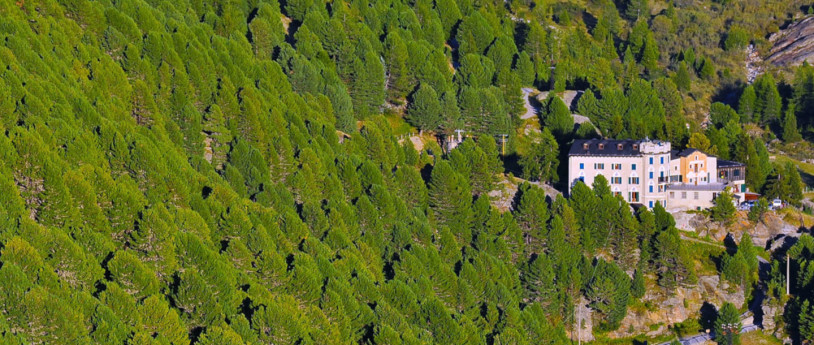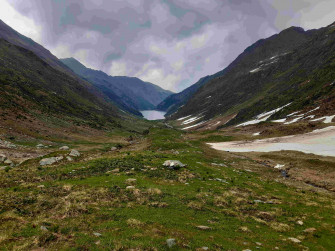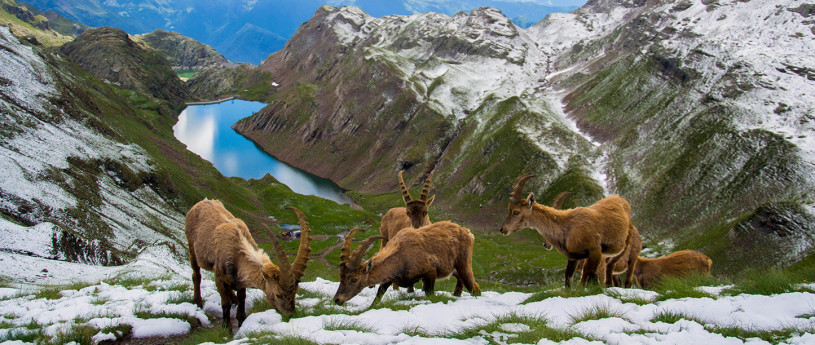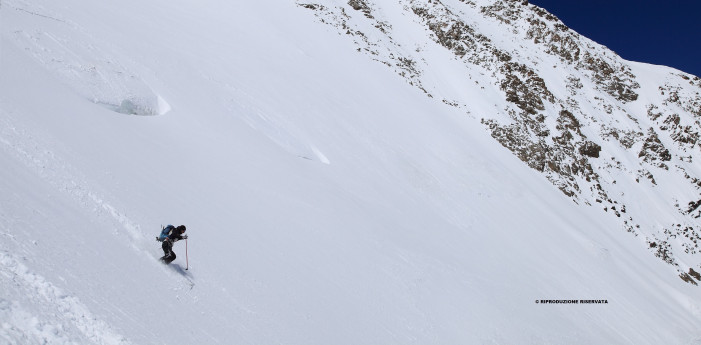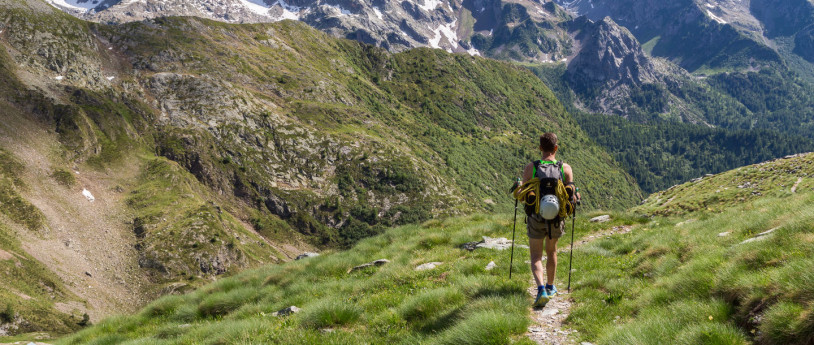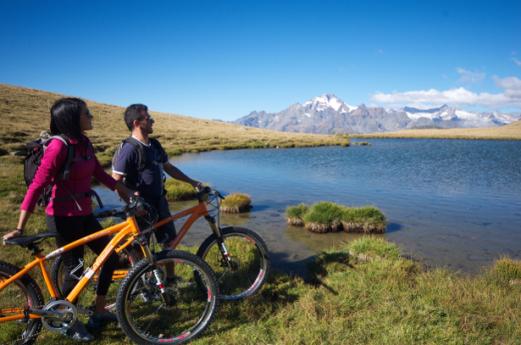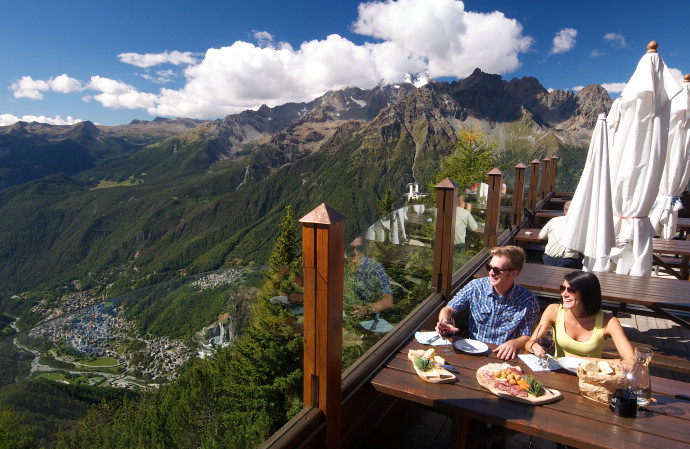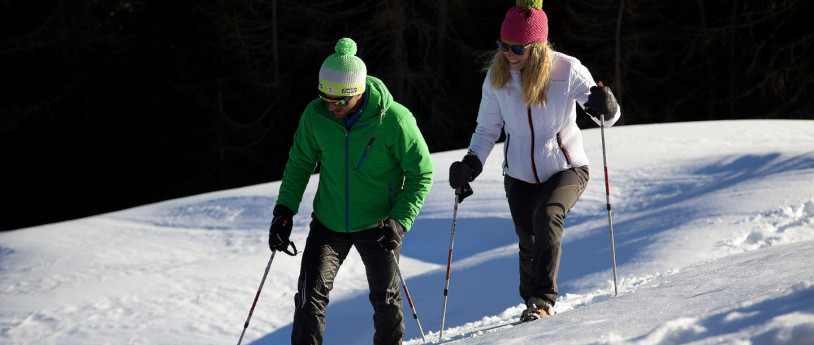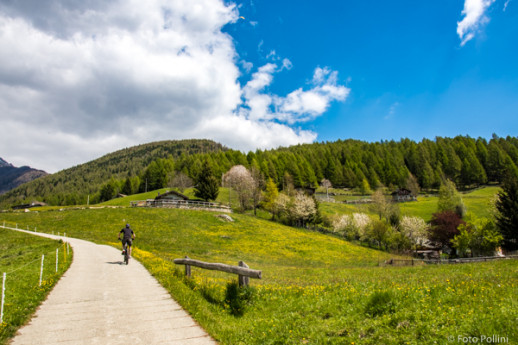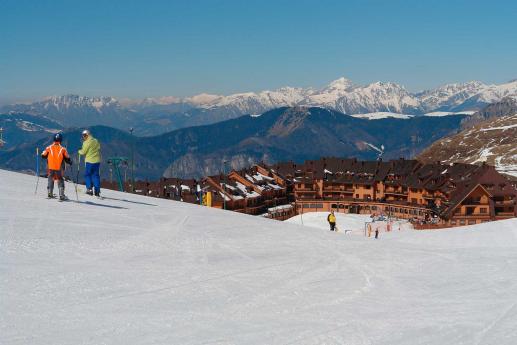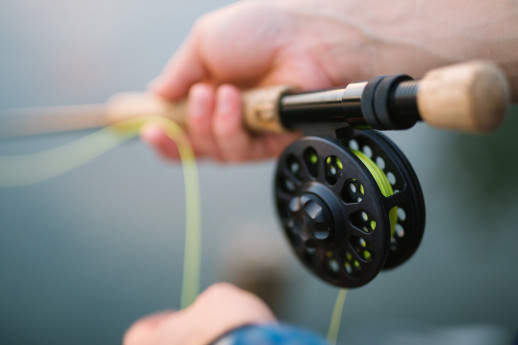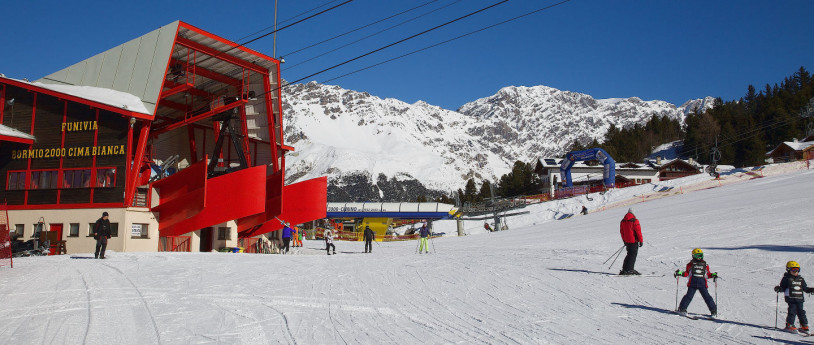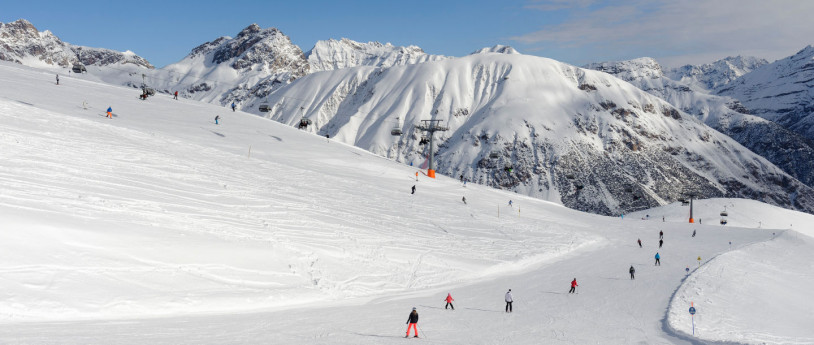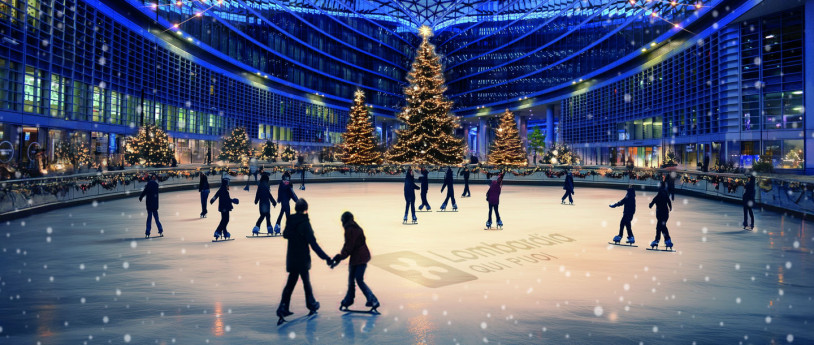- Mountains
- Art & Culture
The Serpentine Open Air Museum
The green stones of Valmalenco have for centuries been an integral part of the social, cultural and economic life of the valley.
During the Middle Ages, somebody noticed that the layers of the rock on the surface were in very thin sheets. The locals then began to experiment with techniques for the digging and processing of Serpentine shale. Over the centuries, generations of miners and stone breakers got up at dawn to walk to the mines, in order to make the Valmalenco Pioda stone, a product with infinite possibilities.
The oldest serpentine quarry is the Cava del Giovello, which gets its name from the shape of the mountain, similar to a yoke. As a consequence, individual quarries are known locally as giovelli, and the workers as giovellai.
Initially, the giovellai did not have difficulty in extracting and turning the stone into sheets, as it was well marked by the freeze and thaw of the ages. However, continuing to dig towards the interior, they had to turn to fire: an indispensable element, which however filled the air with smoke that stung the eyes and left a layer of black ash everywhere. Fire was also used for lighting in the mouth and interior of the caves, reaching depths of 250-300m, through which blocks of stone were transported out by dragging or carrying.
The stone was then worked in laboratories near the entrance to the tunnels, where, with sharp scalpels and precision strikes of the mallet, the chunks were separated into sheets known as piode. The giovellai, farmers or shepherds who dedicated their free time to the Giovello, were associated into companies, which in turn formed an important “confraternity” with both a social and religious scope.
At the end of the day the piode were divided amongst the members, stacked, sold individually and transported using horse-drawn caravans along the roads of the valley: those for Italy to the south, and those for the Grigioni to the north. The piode stones were already commonly used in Sondrio in 1300, and then reached other towns of Valtellina as well as the Grigioni territories.
Processing piode remained unchanged for centuries, until the introduction of “polvere nera "black powder" at the end of 1600, a moderately powerful explosive that was perfect for shale rock. Near the end of the Nineteenth century, fire and oil used for lighting inside the mines gave way to more modern equipment such as gas and acetylene lamps.
Near the end of the Nineteenth century, following the construction of the Valmalenco road leading to the Chiesa River, and which, thanks to the work of the miners, extended to Giovello, a new group of artisans came to light in the town known as carrettieri. The carrettieri quickly became merchants and in the 1900s, lorry drivers, thanks to the invention of motor vehicles, helping expand knowledge of piode stone far beyond Valtellina.
After the Second World War, merchants and manufacturers were able to share the quality of piode stone with builders from other countries, generating a rise in demand.
Near the end of the Nineteen-Eighties, the Giovello quarry became increasingly dangerous and less used until work in that area was completely abandoned. Manufacturing of piode stone continues however in quarries on the opposite side.
-
